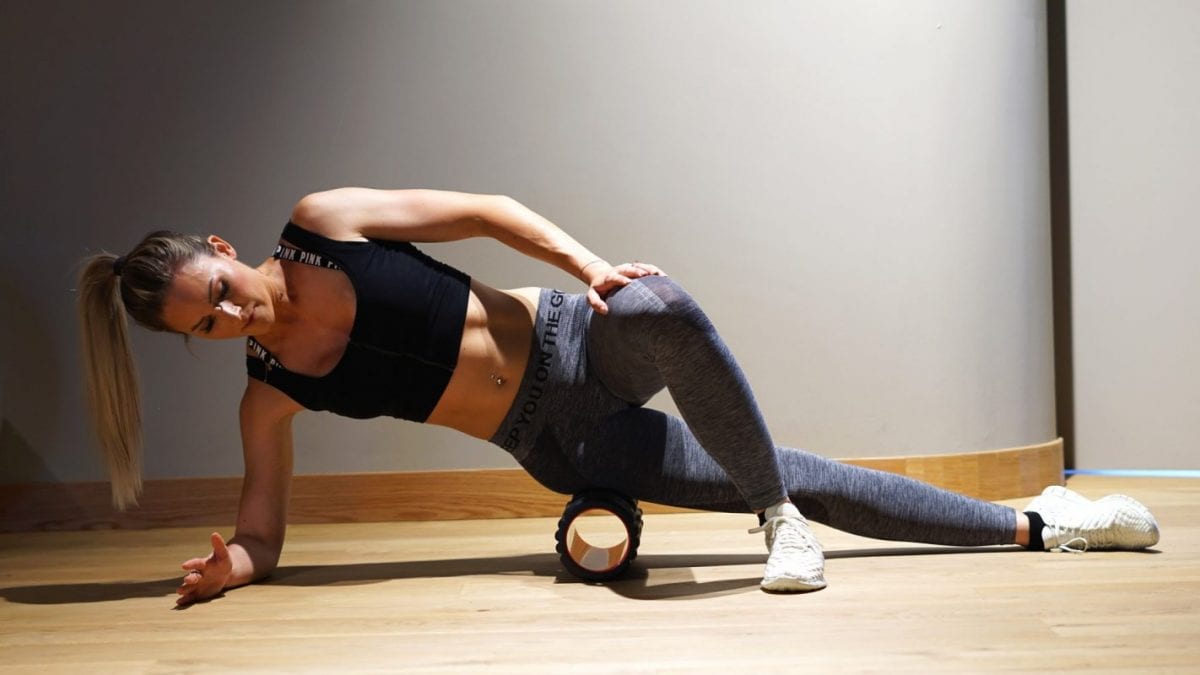What is Fascia?
Fascia and muscle development go hand in hand in most functional training routines. Fascia is the tissue that holds your body together, and hence training and developing these tissues can prove useful for total body improvements.
The fascia Research society states that “fascia is the most pervasive, but perhaps least understood network in the human body”. The fascia creates a medium in which muscles can freely move around other body structures, such as tendons, skeletal structures and internal organs. The fascia reduces internal body friction, and hence increases the body’s efficiency.
Recently, Fascia has been in the spotlight of functional training for athletes of all ages. The specific training of these internal connective tissues has proven to be very useful and has taken the fitness world by storm. Welcome to the age of Fascia training!
A quick intro to fascia training
What exactly is facia training? Fascia training is a new and innovative training routine, which aims at improving and strengthening the functional properties of the internal connective tissues in your body. As mentioned, fascia tissue is everywhere in our body, and it effectively increases the mobility and efficiency of our body structure. Fascia training is now being used in many sports and events, including professional soccer, American basketball and among Olympic sprinters.
The benefits of this type of training extends beyond the confines of professional sporting events as anyone is able to train and improve their internal connective tissues. Fascia training uses body weight and foam roller training routines to better an individuals strength, balance, coordination and flexibility. Its benefits have been documented as quite remarkable and has seen worldwide success.
Types of fascia Training
Fascia training aims to improve a person strength, balance, muscles coordination and flexibility.
This training type has been very successful in patient muscle and injury rehabilitation. The strengthening of the connective tissues within our body aim to improve our performance overall. This training aims to reduce muscle movement restrictions and increase overall body fluidity – and does so via painless, relaxing movements.
There are three main types of Fascia training:
- Superficial fascia: skin based training
- Deep fascia: muscles: bone and nerve training
- Visceral fascia: internal organ training
Although each of these three types of fascia training is vastly important to improving an individuals strength and mobility, deep fascia has seen the most success in rebahilitation and mobility programs.
Deep fascia is primarily focused on muscle, bone and nerve structures. This type of training aims to loosen joints and muscles in order to maximise mobility.
Many fascia training apps are available online and guide you through the entire fascia training module to help maximise the benefits.
Benefits of Fascia training
A range of benefits have come out of fascia training. Here are 5 primary benefits associated with fascial stretching and training:
1. Increased range of motion
Fascial stretching focuses on the stretching of long myofascial chains in the body. Traditional stretching focuses more on singular joints and muscles, which does not improve whole body functionality. This type of stretching improves an individual’s range of motion by actively stretching these myofascial chains. Furthermore, fascia training uses multi-directional stretch loading, which is just a fancy way to say ‘stretching in all directions, in order to improve whole body mobility’.
2. Reduction in Asymmetric muscle development
Typical stretching techniques usually revolve around single joints and muscles groups. In most of these stretches, a person body will favour the one side. Right dominant individuals will favour their right side in both leg and arms stretches. Since fascia training involves a whole-body type of stretching, this reduces asymmetric muscle development. By improving the mobility and strength of our entire body, we will natural become more symmetric, rather than asymmetric on our dominant sides.
3. Improved circulation
While stretching, you are essentially pulling apart muscle fibres, which sends blood to the target area to repair the worked tissue. This increases circulation within the target muscle group. As stated before, since fascia training focuses on the whole body, this in turn increases blood circulation throughout the whole individual. The technique of fascial release, through the use of foam rollers on the body, releases tension built up in the body. Slowly rolling out your muscles and actively massaging your body through fascia training has been seen to increase circulation.
4. Reduced Pain
Fascia training and stretching aims to alleviate pressure build up in your body’s fascia. Throughout our daily lives, our bodies accumulate tension,which causes us pain. Tension, restricted blood flow and inflexibility are all common realities most of us face. Using Myofascial release, as discussed above, can help to alleviate these pains through self-massage, foam rolling and whole body stretching. Ball massaging is also used to target isolated pains. All these techniques to release myofascial tension can aid individuals to reduce pain and swelling within their fascia.
5. Improved Coordination
Some people are naturally born with high levels of coordination while others struggle with hand-eye coordination and general muscular coordination. Fascia training uses whole body stretching and movements in order to target and work your fascia structure. The fact that through this training, an individual is using their whole body at all times means that their overall coordination is improving. Conditioning your body in this way allows an apparent improvement in coordination. Unlike similar training styles, fascia does not isolate specific muscle groups, and hence the benefits are felt throughout your entire being.
Conclusion
Fascia training aims to strengthen and improve the inter-connective tissues in the body, ranging from your skeletal structure all the way to your muscles and tendons. This specific type of training has become popular in the last decade, and has a range of benefits associated to this body weight whole body form of conditioning. Inducing this “myofascial release” aims to create an optimal median in which your body can operate in.Although this is a relatively new form of training, its success has been documented in many countries around the world.








